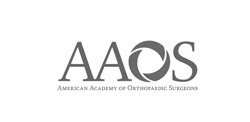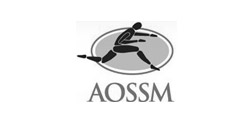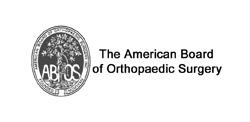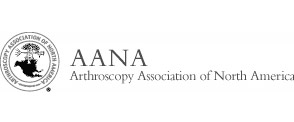
In the world of advanced orthopedic treatments, Platelet-Rich Plasma (PRP) therapy has emerged as a popular non-surgical solution for accelerating healing and alleviating pain. Used by athletes and everyday individuals alike, this treatment leverages your body’s natural healing properties to repair tissue and reduce inflammation. Here's how PRP therapy can transform your recovery journey.
PRP Therapy - Tapping into Your Innate Regenerative Potential
PRP therapy involves drawing a small amount of your blood, spinning it in a centrifuge to isolate the platelet-rich plasma, and then injecting this concentrated solution into the injured area to optimize the healing and repair of tissues.
This innovative approach is used to treat a wide range of conditions, including:
- Tendon injuries (e.g., tennis elbow, Achilles tendinitis)
- Osteoarthritis of the knee, hip, and shoulder
- Muscle strains and ligament sprains
- Post-surgical recovery
The Science Behind Accelerated Healing
The platelets in PRP contain growth factors that stimulate cellular repair, enhance collagen production, and reduce inflammation. By delivering these growth factors directly to the injury site, PRP kickstarts the body’s natural healing process, often leading to faster recovery times and improved outcomes.
Benefits of PRP Therapy
PRP therapy offers several advantages over traditional treatment options:
- Minimally Invasive: PRP injections are quick, outpatient procedures requiring no surgical intervention.
- Natural Healing: Since the therapy uses your own blood, the risk of adverse reactions is minimal.
- Reduced Downtime: Many patients experience faster recovery, allowing them to return to daily activities and sports sooner.
- Pain Relief: PRP can effectively alleviate chronic pain without the need for long-term medications.
What to Expect During and After PRP Therapy
The procedure is straightforward and typically takes less than an hour. Following the drawing of blood and processing of the PRP, it is injected directly into the targeted area using imaging guidance to ensure precise placement. You may feel mild pressure or discomfort during the injection, but this is usually brief. After the injection, you may experience mild swelling or discomfort, which subsides within a few days. Most patients notice significant improvements within 6 weeks as the healing process progresses.
If you’re dealing with chronic pain, a sports injury, or delayed healing, PRP therapy may be the solution. Consult with Dr. DiGiulio, to explore how this cutting-edge treatment can help you regain mobility, reduce pain, and get back to doing what you love.
AUTHOR: Milan M. DiGiulio, M.D. offers comprehensive Orthopaedic care for you and your entire family, specializing in Sports Medicine and Arthroscopic surgery of the shoulder and knee. Dr. DiGiulio performs over 200 arthroscopic shoulder and knee surgeries each year, using the most advanced surgical technology. Dr. DiGiulio is an advocate of non-invasive, non-surgical treatment options such as Physical Therapy and Orthobiologics.







